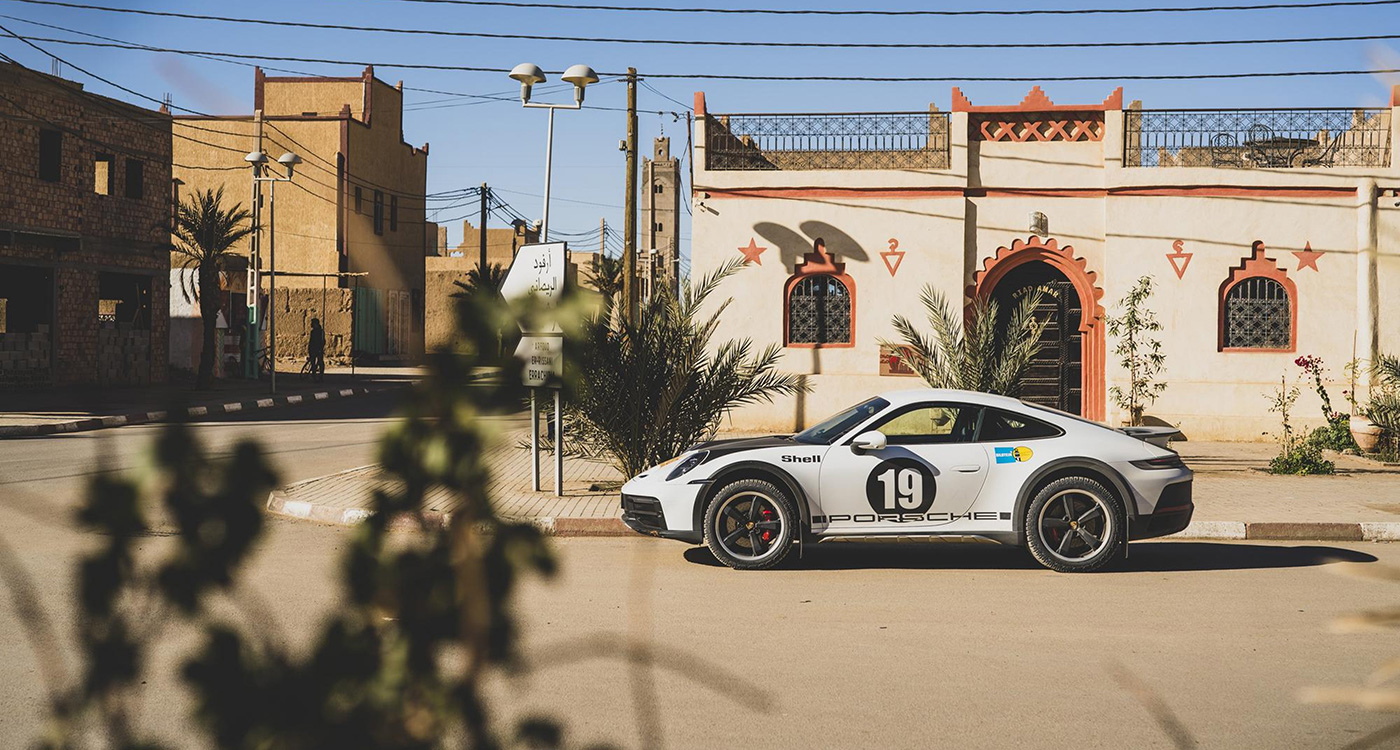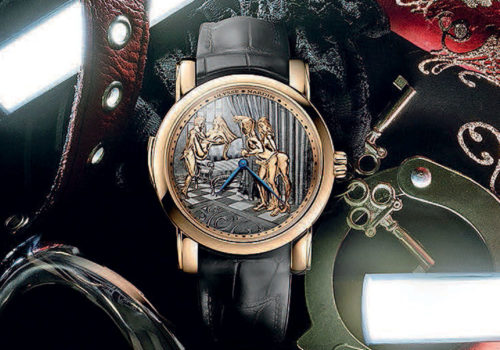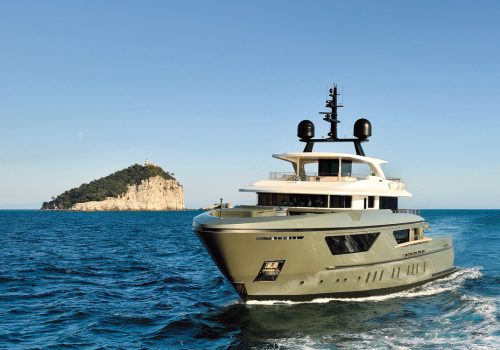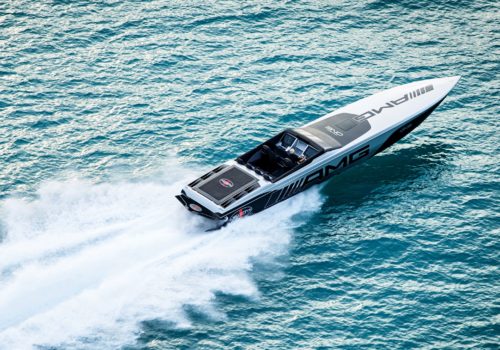So, Porsche has taken a four-wheel-drive 911 GTS, fitted it with underbody protection and some beefed-up suspension, and called it the Dakar. Which is the coastal Senegalese city that people used to race to from Paris, back in the days when people thought Isis was a peaceful and trouty river that flowed through Oxford.
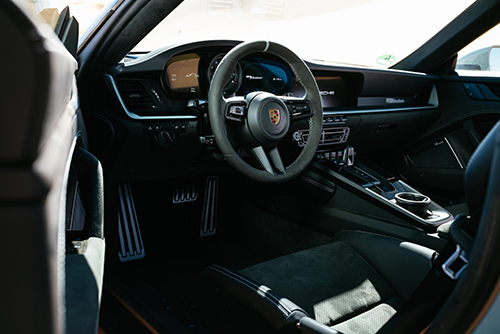 Very many people were interested in this new car, and I can see why. After all, anyone with even a tiny bit of testosterone in their underpants would want to drive a jacked-up, armour-plated Porsche 911 across the Sahara. Roaring over the dunes, catching some air, power-sliding through the wadis and shattering the hot silence with that distinctive flat-six cackle. Then stopping when the sun went down, making a fire and drinking ice-cold beers till it was time for bed.
Very many people were interested in this new car, and I can see why. After all, anyone with even a tiny bit of testosterone in their underpants would want to drive a jacked-up, armour-plated Porsche 911 across the Sahara. Roaring over the dunes, catching some air, power-sliding through the wadis and shattering the hot silence with that distinctive flat-six cackle. Then stopping when the sun went down, making a fire and drinking ice-cold beers till it was time for bed.
Yeah, well the reality isn’t really like that because for the most part you’d be driving through countries that don’t allow beer. And you wouldn’t be able to keep it cool even if they did. And you can’t make a fire as there are no trees, and you can’t realistically power-slide through a wadi because many of them are full of landmines.
Also, and I know this because just last year I drove a beefed-up, armour-plated Jaguar F-Type across the Sahara, catching some air is not fun. Because you know, as you sail through the troposphere, that soon you will land, and this will cause the top of your spine to suddenly burst through your hair.
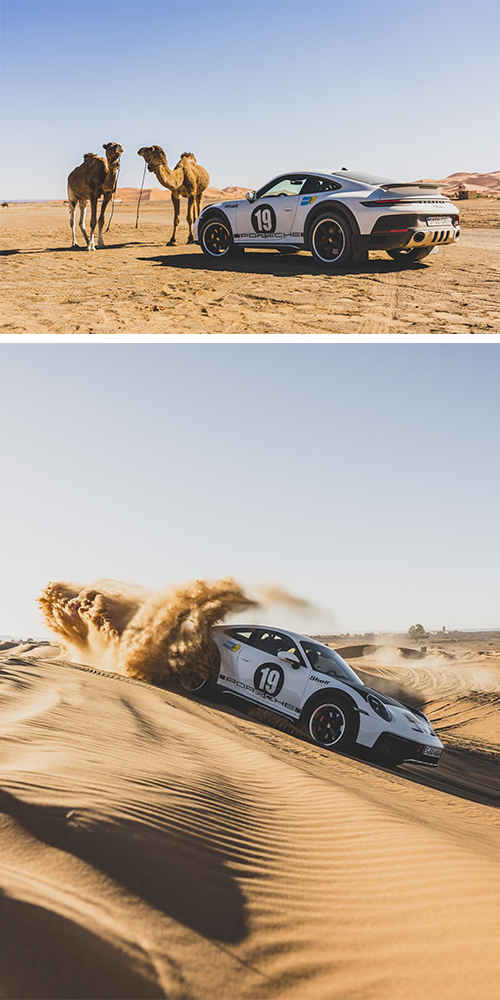
ABOVE: The international press launch of the 911 Dakar was held in Errachidia, Morocco, but while that gave a great sense of the off-road capabilities of the car, it did not answer whether you could live with it as a daily driver and that’s what we aimed to do here.
Of course, Porsche will have known all of this when it was designing the 911 Dakar, because back in 1984 it actually won the Paris-Dakar event with one of its fire-spitting 953s. It will have known that flames, explosions, and deep discomfort are the realities of desert driving. But it went ahead anyway, and then put it on sale, expecting people to buy it. For 217,000 USD no less. Or more than 250,000 USD if they wanted some optional extras. Such as a steering wheel.
Maybe it thought these people had large estates full of paddocks and meadows, and that at weekends they’d go out there in their Dakars and do skids. Hmm. I have quite a few paddocks and meadows, and last weekend – after the international media launch of the Dakar in Morocco had been wrapped up – I got to borrow a Dakar for a real-world experiential review. And I didn’t do that. I sort of wanted to, but it hadn’t stopped raining since before Christmas, and the ground was sodden. So, if I’d gone out and skidded about for even ten minutes I’d have turned the whole farm into a modern-day version of the Somme, plus the Environmental Department would have fined me eleventy million pounds. So I didn’t. And I’m willing to bet that most people who buy a Dakar won’t either.
You can’t then drive this car in the Sahara, as it’s full of landmines, and you can’t drive it in an English meadow as that’s full of water. So where can you take it to experience the magic dust that Porsche’s engineers have sprinkled into its high-riding bulletproof undersides? Good question. Mongolia would be great, but spare parts, should you break something – and you will – would be hard to come by. Kazakhstan is also a possibility and the ice lakes in Lapland and that rallycross circuit in Kent. But these places are too far away to be realistic as after-lunch hooning venues. You’re therefore buying a car designed to do something you can’t do if you live in a city, let alone a radar-enforced one. So why buy it?
Ah, well, that’s the thing. I’ve a coat in my wardrobe that only really works when it’s at least minus 40C. It’s pointless where I live, in Chipping Norton, but it’s nice to know that if it did suddenly become polar, I’d be okay. Same story with my watch, which will work in all sorts of places I’ll never visit. Such as space. This, then, is what the Dakar is all about, and its rivals from Lamborghini and Morgan. You drive it around as you would drive any other car, but you know if someone suggests a weekend trip to Timbuktu, you’ve just the machine for the job.
Which is great, providing you can drive the Dakar around like any other car. Or do all the modifications mean it’s hopeless in the real world?
To look at, no. It’s tremendous. And it’s the same on the inside, where, apart from extremely hip-hugging bucket seats, it’s all just standard 911. Apart from in the back that is, where, on my test car, the seats had been replaced by scaffolding. Great if you’ve just flipped it at 200km/h on a mountainside in Ethiopia but not so useful if you want to pick up your kids after school.
Perhaps the most impressive thing is the ride. Porsche clearly didn’t want its customers’ spines bursting through their hair while hammering down the Baja peninsula, so it’s all quite squidgy. And that, on the corrugations and potholes of Britain, is fantastic.
So, what about the speed? Well, it has the same 473bhp, twin-turbo six as the Carrera 4 GTS. It has the same drive line too and the same eight-speed dual-clutch gearbox. So you’d expect the same performance. But no. Because the Dakar is fitted with all-terrain tyres, the top speed is just 240 km/h. And you have to go back to 1983 to find a 911 that’s slower than this one.
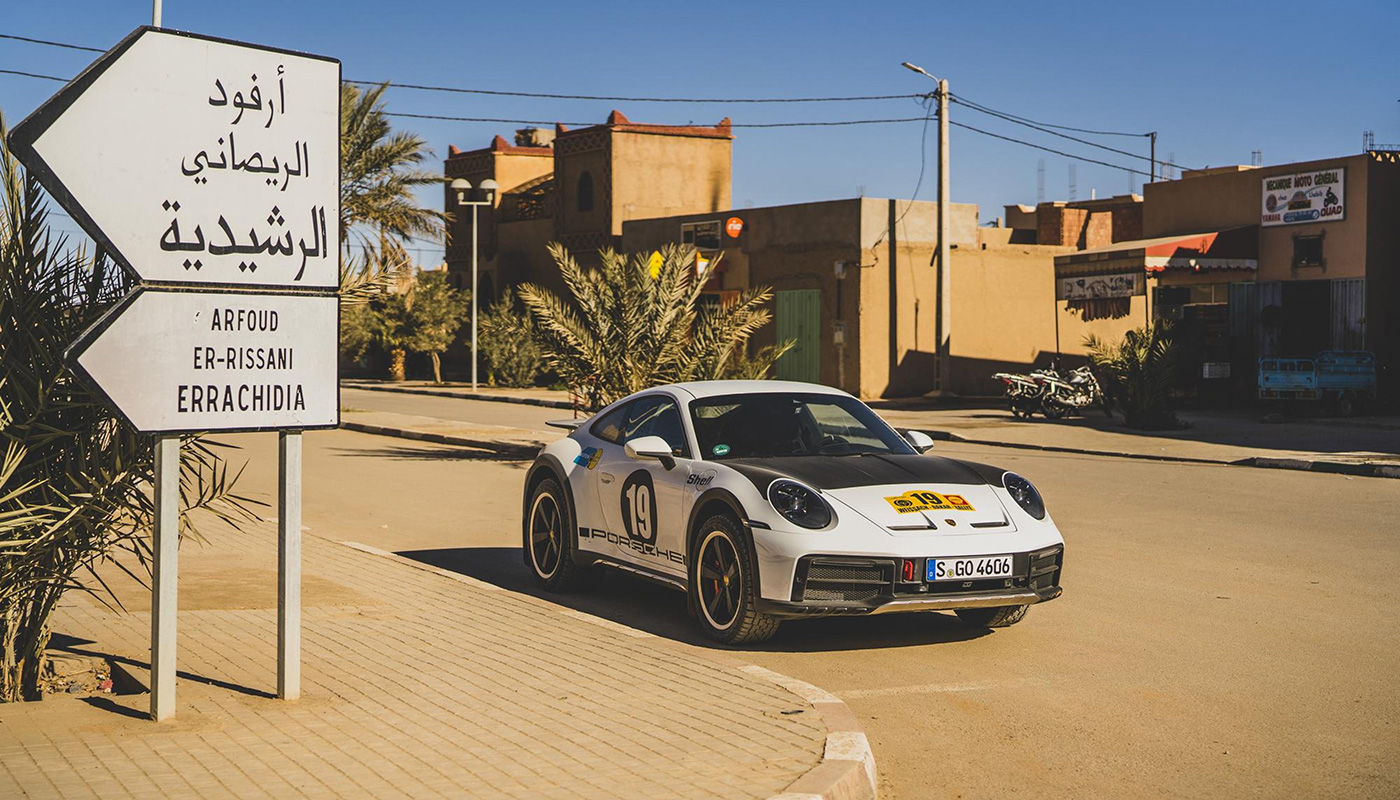
ABOVE: The 911 Dakar comes with custom-made Pirelli Scorpion All Terrain Pluses as standard, but the Italian tyre company also developed P Zeros and P Zero Winters should you need those too. The Scorpions are something though, as they work as well on road as off it, and they’re quiet but they only last a little over 7,000 kilometres.
It doesn’t half accelerate, though. A quick burst of power on our way to the pub caused my passenger (Kaleb) to use several words of a profane nature. And, weirdly, it corners well too. By rights those tyres should cause it to skid about like a duck on a frozen river, but they don’t. You can do some serious whizzing in this thing.
So, top speed excepted – and that doesn’t really matter – Porsche must be congratulated for making a desert raid rally car feel so normal and liveable with. Except for one thing. God, it’s noisy. I took it to London, and it would have been more relaxing and quieter to have sat on the roof. When I arrived, I was knackered.
I’ve never really been a fan of the 911 as it has always been the sensible option for someone who wanted a sportscar. And I don’t think sportscars should be sensible. They should have space lasers and exhausts that produce blue flames for no reason. They should be a bit unhinged, and that’s why I actually quite like the Dakar. Because it is.


